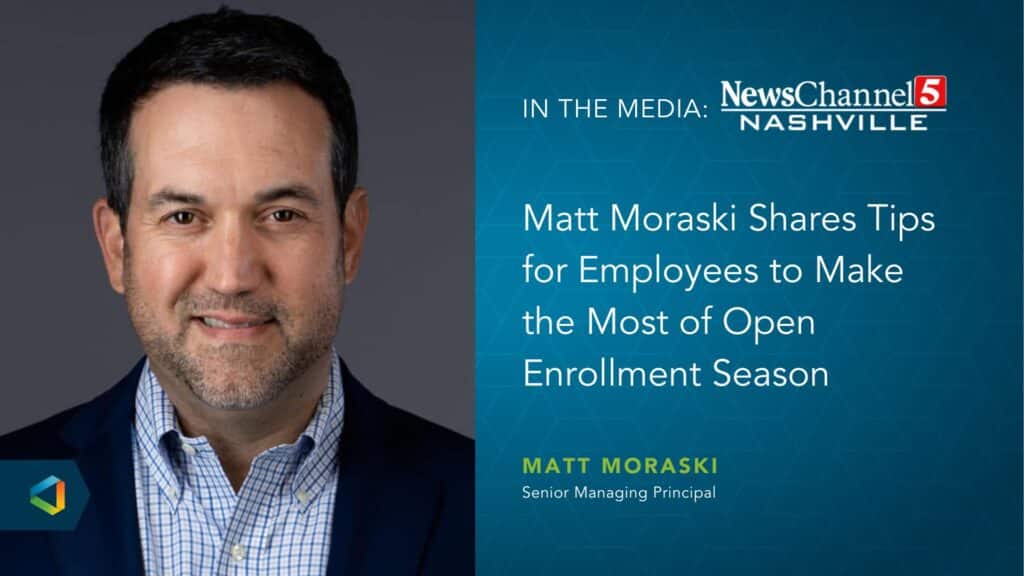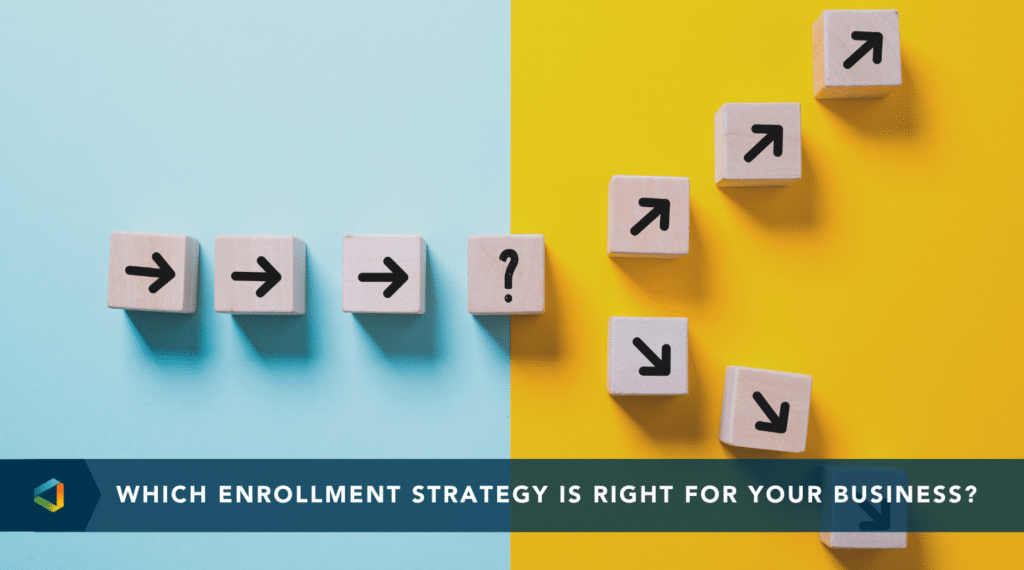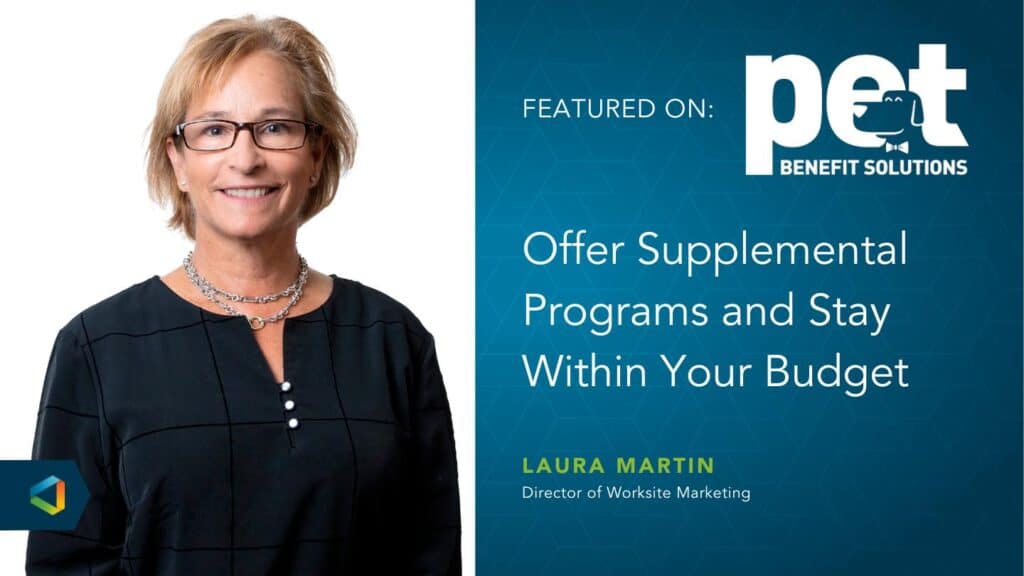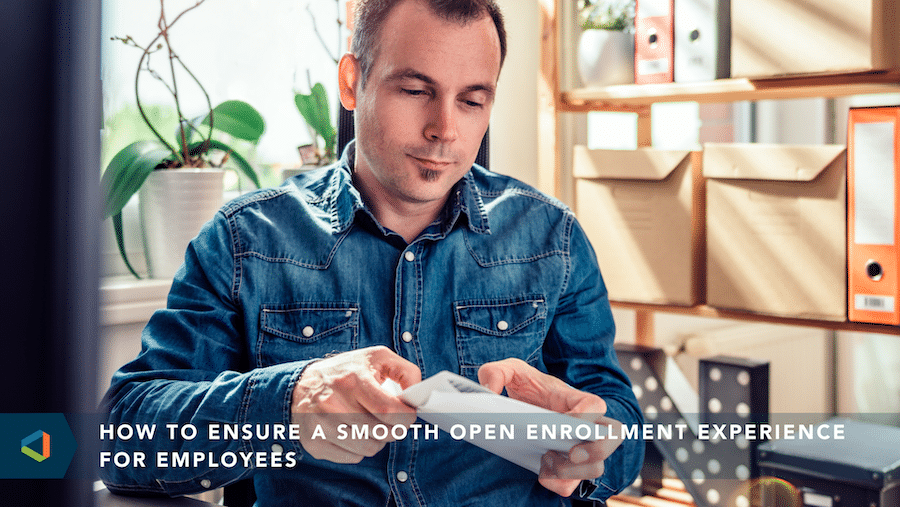Better Benefits, Healthy People
Breaking Through the Noise: How to Craft an Effective Open Enrollment Communication Plan
Breaking Through the Noise: How to Craft an Effective Open Enrollment Communication Plan
Approaching the open enrollment period with a strong communication game will benefit you, your employees, and your business.
People don’t appreciate what they don’t understand, and insurance tends to top the list. Every human resources and benefits administration professional knows that it’s challenging to engage employees in the open enrollment process. Benefit plans are riddled with difficult jargon, the appetite to read through company offerings is generally low, and primary job responsibilities are constantly pulling your employees away from critical benefit selection decisions.
Part of the problem comes from the fact that open enrollment has historically been a ‘captive audience’ situation, where employers attempt to compress enormous amounts of information into the narrow window of time when their employees are receptive to learning about their benefits. This dynamic can quickly become overwhelming and intimidating, with overzealous communications efforts backfiring on well-meaning administrators and employers.
As a first step in crafting an effective benefits communication plan, consider keeping things R.E.A.L.:
Relevant:
Make sure your people get the right information at the right time. Though it may be tempting to flood your workforce with tons of information during the open enrollment period, a restrained approach is often more effective – and more welcomed. The use of focused, tempered messages with clear instructions will ensure that employee attention is directed towards items that are directly relevant to them.
Action Items: During enrollment, focus on what employees need to know to take action. That's it. You can use the other 11 months of the year to share reminders about in-network care, getting a checkup, and other associated reminders.
Employee-Centered:
Remember that you're addressing your employees, not an HR symposium. Benefits are personal, and language and imagery in communications materials should reflect this. Selecting imagery of people and families instead of products is one way to humanize your outreach and connect company offerings to personal wellbeing.
Action Items: Talk TO employees (use “you”) with human language. Respect their perspective. Avoid jargon as much as possible, and provide simple definitions when required – for example, terms such as “deductible” or “coinsurance.” Resist describing your offerings as "competitive.” Instead, outline what your benefits DO: For example, “The benefits we offer are designed to care for you and your family,” or “...designed to help you protect what matters.”
Appealing:
People react to friendly, attractive designs and easy-to-use materials. Limited text, bold headers, and straightforward organization can boost engagement, reduce irritation, and make open enrollment feel less like a chore.
Action Items: Use plenty of white space (no cramming!) and keep written text as brief as possible. If you’re using a third-party vendor, put a premium on selecting those with intuitive and user-friendly products.
Limited Details:
Everybody understands how frustrating it is to encounter a huge wall of text when you're just trying to get a simple answer. Gear your materials towards providing information that will be sufficient for ~80% of situations, then link out to additional resources for those who need them.
Action Items: Clearly section out information and action items in your open enrollment materials. When possible, use concise bullet points with links to more information. Ensure materials have a clear call-to-action.
Making your communication plan REAL is a great starting point, but there’s much more to be done. Once these four guiding principles have been adopted by your open enrollment team, the next step is to anchor your outreach efforts in concrete tactics that are tailored to the diverse needs, preferences, and learning styles of your employees. Here are three additional pieces of advice to consider as you build an engaging and effective open enrollment campaign:
Build an intentional cadence informed by your audience.
Unless your employees are clamoring for every bit of enrollment information they can get, it’s best to hold off on communications until all of your offerings have been finalized. Different organizations will need different amounts of advanced notice, but starting open enrollment communications 1-2 weeks beforehand is a good fit for most employee populations. Regardless of how soon you start, make sure you plan at least 2-3 touchpoints during the enrollment period itself.
Don’t forget family members.
Spouses are among the highest users of employer-sponsored health plans and other benefits. In many circumstances, an employee’s spouse or partner is also the primary insurance or healthcare decision maker in their household. Ensure the entire family has access to not only open enrollment materials, but also year-round information on your organization’s benefit offerings. By resisting the urge to confine benefits information to your intranet portal, you empower your people – and their families – to make informed healthcare and financial decisions together.
Know how your people consume information.
Until recently, it was common for employers to use text messages to communicate benefits information. The explosion of spam texts means that most employees simply ignore or opt-out of SMS open enrollment updates. Instead, consider mobile apps with push notification functionality. Are your people remote and deskless? Sending information home – with QR codes to learn more – is a powerful tool to grab their attention (bonus: you’ll reach their family members also). If you’re introducing a new plan, consider including a decision support tool or calculator to help your people understand their options and move forward with confidence.
Remember, the goal is to meet your people where THEY are, not bring them to where YOU are.
Following the tips outlined here is an excellent way to ensure that your open enrollment team makes the most of this special window of opportunity. By designing an effective communication plan that enables your employees to navigate a sea of complex benefits information, you’re helping them to make important decisions that can impact their physical, financial, and mental wellness. By getting open enrollment communications right, you’re starting the benefits year off on the right foot, setting yourself up for future successes, and demonstrating that your organization truly values its employees.




